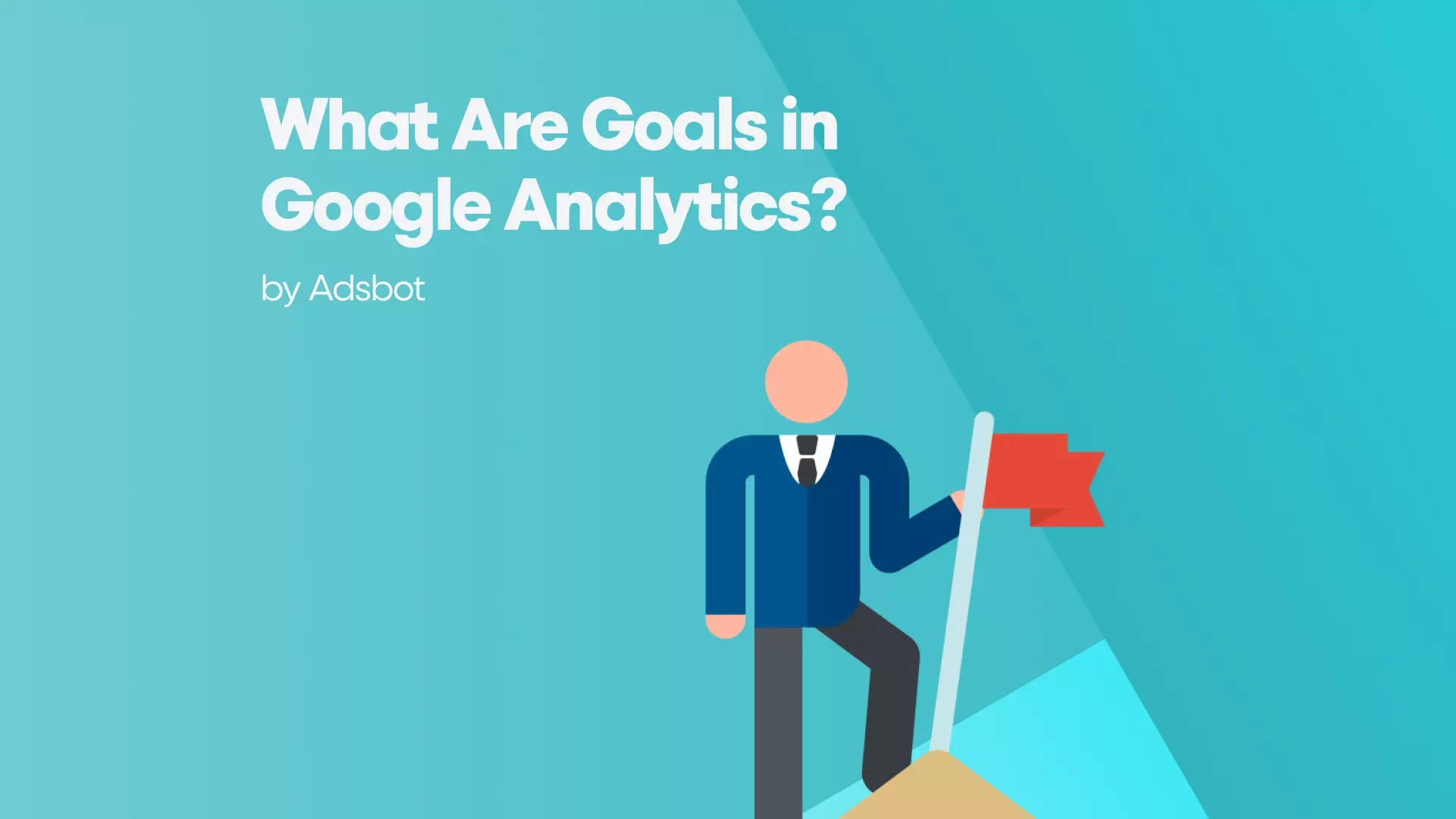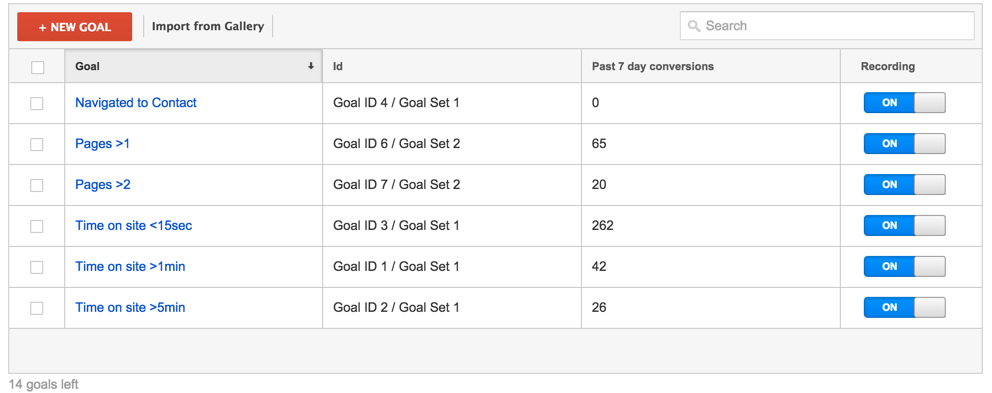Secret Insights on What Data Is Google Analytics Goals Unable to Track
Secret Insights on What Data Is Google Analytics Goals Unable to Track
Blog Article
Demystifying Google Analytics Limitations: Discover What Information Goals Can not Track
In the realm of digital analytics, Google Analytics stands as a powerful device that offers beneficial insights into internet site performance and individual actions. Nonetheless, amidst its abilities, there exist restrictions that often go undetected. Comprehending what Google Analytics can not track is crucial for an extensive grasp of data analysis and decision-making procedures. From the intricacies of individual interaction with dynamic content to the intricacies of cross-device individual trips, these restrictions shed light on locations that may remain covered from standard analytics perspectives. By untangling these restrictions, a clearer photo emerges, enabling more enlightened strategies and fine-tuned understandings into customer interaction and conversions.

Individual Interaction With Dynamic Web Content
Customer communication with vibrant content plays a vital duty in recognizing user behavior on websites and optimizing the overall user experience. By tracking user communications with vibrant material, web site proprietors can get useful insights into user engagement, preferences, and actions - what data is google analytics goals unable to track.
Google Analytics supplies numerous tools to track user communications with vibrant content, such as occasion monitoring and virtual pageviews. Occasion monitoring permits you to keep an eye on details individual activities, like clicking a button or viewing a video clip, giving data on how customers engage with vibrant elements.
Cross-Device Individual Journeys
How can modern-day analytics tools track the complicated courses users take across several devices in their on the internet trips? Cross-device user trips offer a considerable obstacle for tracking and assessing user habits properly. As users engage with applications or websites utilizing numerous tools such as smart devices, desktops, and tablets, it comes to be important to recognize how they relocate in between these platforms to enhance customer experience efficiently.
Google Analytics faces limitations in tracking cross-device individual journeys as a result of personal privacy worries and technical restraints - what data is google analytics goals unable to track. While it can supply insights into private gadgets' communications, tracking a smooth individual journey throughout several devices continues to be a difficulty. This restriction can cause incomplete information and fragmented user understandings, making it hard for organizations to produce a unified view of the customer trip
To resolve this issue, businesses can make use of innovative analytics tools that provide cross-device monitoring capacities, enabling them to obtain a much more holistic understanding of customer habits. By leveraging these tools, organizations can connect the gap in tracking cross-device customer journeys and optimize their electronic methods for a seamless customer experience.
Offline Conversions and Attribution
As businesses browse the difficulties of tracking cross-device user trips, one more critical facet to take into consideration is the realm of offline conversions and acknowledgment in the world of data analytics. While Google Analytics offers valuable insights right into on-line customer actions, it drops short when it pertains to tracking conversions that happen offline. This restriction positions a significant difficulty for companies that have both online and offline sales networks.
Offline conversions, such as purchases made in physical stores or with phone call centers, are vital to comprehending the complete consumer journey. Without the capability to associate these offline conversions to particular on-line interactions, organizations may battle to accurately determine the influence of their digital advertising efforts.
To address this void, companies can check out alternate options such as incorporating CRM systems with on-line analytics devices or making use of distinct discount codes that can be mapped back to online campaigns. By bridging the space in between online and offline information, businesses can acquire a much more thorough understanding of their consumers' behavior and improve their overall advertising methods.
Person Customer Recognition
In the realm of data analytics, the capability to properly recognize specific customers across various online touchpoints is a critical challenge for companies seeking to personalize and optimize their marketing strategies. While Google Analytics provides valuable understandings right into user behavior and interactions, it falls short in enabling the identification of specific people as a result of personal privacy worries and technological constraints. Google Analytics makes use of special identifiers such as cookies to track customer sessions and actions, yet these do not equate to recognizing specific customers in a personal feeling.

Data From Secure Pages
Regardless of the enhancing frequency of safe web pages on sites, obtaining data from these encrypted sources provides an unique difficulty for electronic analytics platforms like Google Analytics. Safeguard pages, suggested by HTTPS in the URL, encrypt information exchanged between the customer's browser and the web site's see post server to make sure privacy and safety. While this encryption is essential for securing sensitive details, it likewise poses restrictions for tracking customer behavior and event analytics information.
Google Analytics deals with obstacles in accumulating in-depth information from protected web pages because of the security methods in location. Because of this, particular data points such as reference sources, keyword searches, and also some individual interactions may not be totally captured when users access a web site through a safe link. This restriction can influence the precision and completeness of the data analysis, bring about gaps in comprehending individual actions and preferences on protected web pages.
To navigate this difficulty, electronic analysts might need to explore alternative tracking approaches or take advantage of other devices particularly designed to collect understandings from protected web pages. By adjusting techniques to suit these limitations, useful content businesses can still derive valuable analytics regardless of the restraints offered by encrypted links.
Final Thought
In final thought, Google Analytics has restrictions in tracking user communication with dynamic content, cross-device customer trips, offline conversions, private user recognition, and information from safe pages. These restrictions hinder an extensive understanding of user actions and might result in gaps in information evaluation. Despite its valuable understandings, Google Analytics may not supply a complete photo of customer interaction across numerous touchpoints. It is important for businesses to be knowledgeable about these constraints and take into consideration additional devices for a much more alternative sight of their information.
Individual interaction with vibrant content plays a vital function in understanding customer behavior on websites and maximizing the general user experience. By tracking user interactions with dynamic content, internet site owners can acquire beneficial insights into customer engagement, preferences, and actions.
Google Analytics uses distinct identifiers such as cookies to track customer visit sessions and actions, but these do not correspond to identifying private customers in a personal sense.
As an outcome, specific data points such as referral resources, keyword searches, and even some individual communications might not be fully captured when users access a web site via a secure connection.In final thought, Google Analytics has constraints in tracking user interaction with vibrant web content, cross-device user journeys, offline conversions, individual user recognition, and information from protected web pages.
Report this page